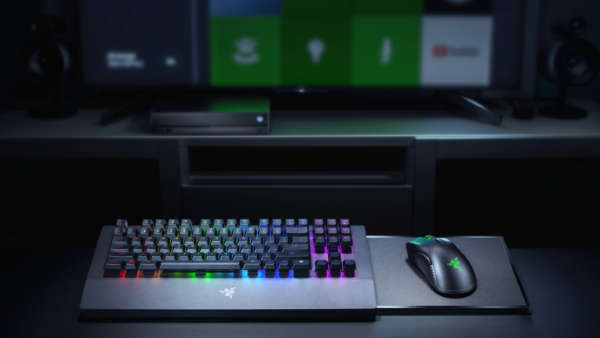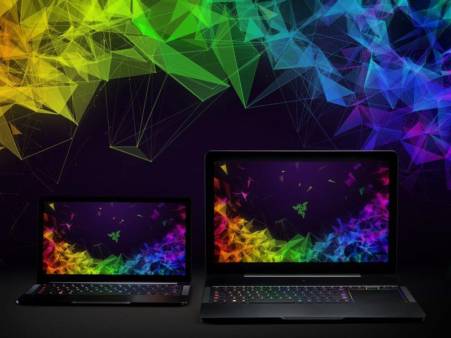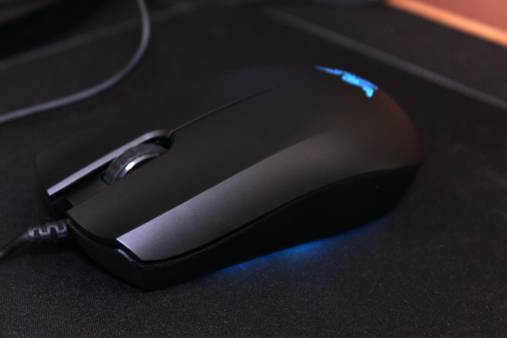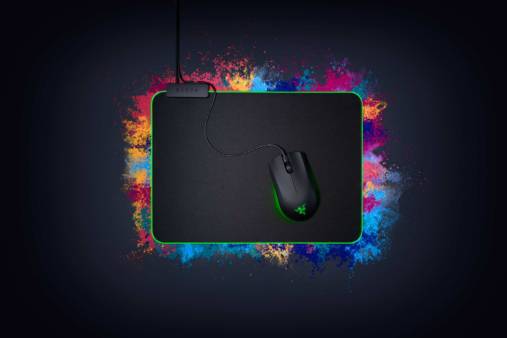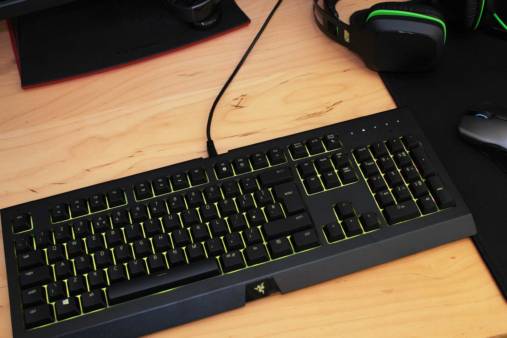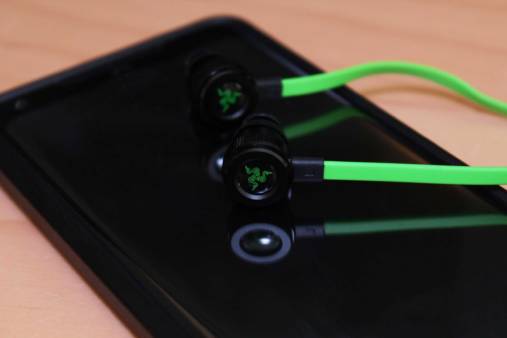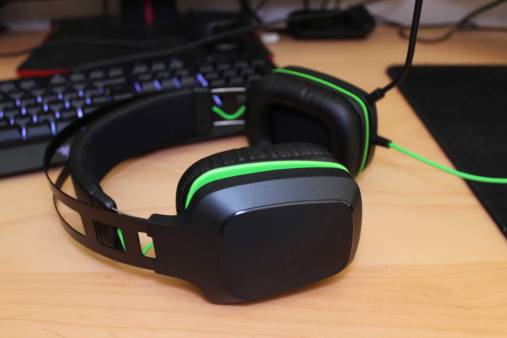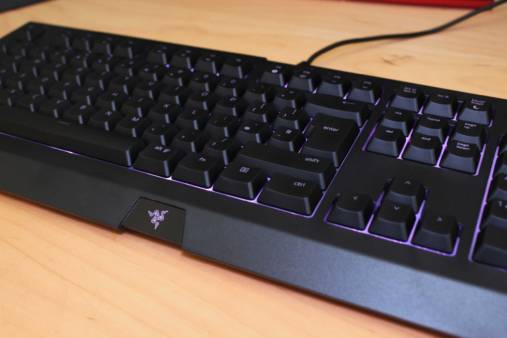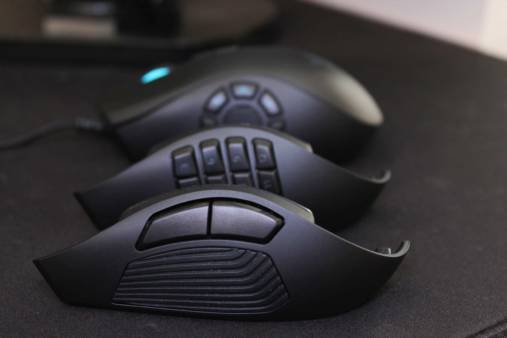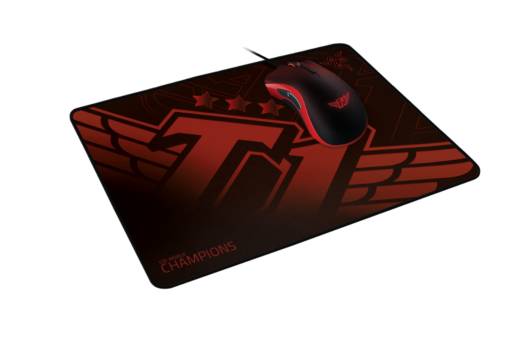Handheld consoles and mobile platforms have taken massive strides in recent years, but not many people could have predicted that this advancement would lead to anywhere near the end result offered by the Razer Edge. Claiming to offer the best of three worlds, as a PC, console, and tablet, the Edge finds itself on top of the pile in many respects.
The many talents of the Edge make it hard to pinpoint as any one of the three platforms it offers. At first I felt the best way to approach it was as a gaming PC – I couldn’t ignore the pedigree of Razer and I was rewarded for my impatience. With the addition of the Gamepad controller, I took to the track in GRID 2 and it almost felt like I was holding a steering wheel rather than a tablet. The controller undeniably makes the tablet a much bulkier unit, but I would play racing games on my PC with a controller so approached this in the same manner.
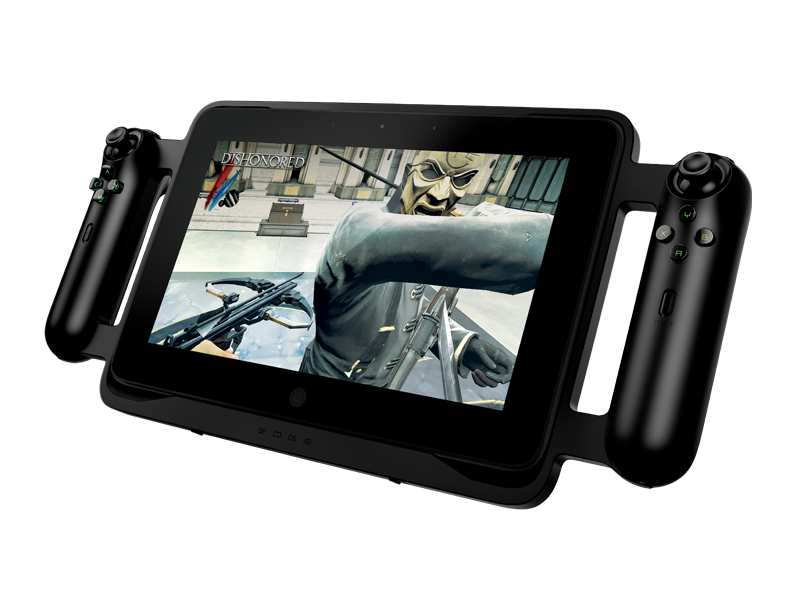
Gaming on the Edge is definitely a fun experience but a lot of that is definitely aided by the Gamepad controller. Racing games such as GRID 2 are very nearly impossible to play without the peripheral, but that is just one of a few concerns. It cannot be argued that the specs of the Edge, an i7 processor, 8GB of RAM and a high end Intel graphics card, allow the tablet to run games at the higher end of technical demands. These demands aren’t matched with ease, however, as you will soon find your battery struggling to keep up. Even with the extended battery pack, I found the tablet losing charge quickly whilst gaming. This is an issue if you’re considering using the Edge solely for gaming purposes, as it soon becomes unfeasible to play it as a portable platform due to its constant need for charge.
Battery issues aside, I could have happily played on the Razer Edge for hours – it is high enough in specs to leave you unworried about performance. The display is sharp and bright, and if you don’t want to play with headphones then the speakers offer a clear and crisp audio output. The Razer Edge has gaming covered as the first half of the “gaming PC”, but I was curious to see if it could live up to the PC part of that title.
As soon as you begin to delve into the Razer Edge as a Windows computer, the lines between PC and tablet blur and it’s hard to determine whether that’s a good thing or not. I’m still getting used to Windows 8 on my own PC, and as a first time user of a Windows tablet it was easy to see the similarities whilst simultaneously becoming enraged by some of the differences. Internet browsing via Internet Explorer is easy to get to grips with, the inbuilt on-screen keyboard appears at the touch of a side button on the tablet and disappears with a second touch making typing straightforward, and it all manages to look slick in this process.
A blurring between PC and tablet begins to emerge when wishing to terminate applications – some, such as Internet Explorer, offer a close button familiar with PC users, whereas a lot of tablet applications must be closed with the touchscreen method of dragging the app to the bottom of the screen. This overlap is a tad confusing but by no means detrimental to the usability of the Edge. Whether this is a negative side of the Razer Edge or of Windows tablets in general is a point of contention, but in this case the Edge is trying to be three platforms at once and the merge is bemusing for me.
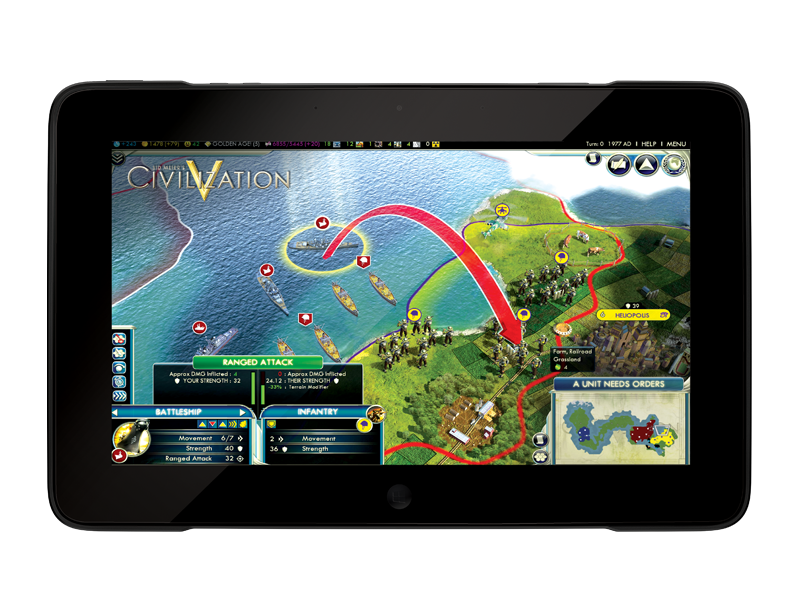
I have always praised Windows tablets for their integration with console gaming on the Xbox One, but when taken into the Razer equation the platform identity crisis once again rears its ugly head. The fact you can play games on the Razer Edge at a similar specification to those you may on the Xbox One, and later integrate with the tablet, brings into question this functionality. Smartglass is a great application for enhancing the functionality of a Windows console via a tablet, but on a piece of kit as advanced as the Razer Edge it seems like an unneeded inclusion.
I feel it is worth noting that despite this lack of platform definition, the Razer Edge will do whatever you require from it with ease and you will enjoy the experience. If you want to play high end PC games on a portable platform, you will only be disappointed by the battery life (and you may also want to shell out for the gamepad controller). If you want to use the Razer Edge as Windows tablet it offers just as much usability as any other top quality Windows tablet, but you probably could get them for a little bit less money.
In all honesty the Razer Edge is a fantastic piece of ingenuity, but one that is not an essential purchase. Gaming PCs work out at a similar price, or cheaper, for the specs on offer if you don’t need the portability. If you do, gaming laptops also hover at a similar price and will offer better battery life. Lots of money will be saved if you are after a high tech Windows tablet. If you are looking for a fantastic middle ground for PC, tablet and console then you will not beat the Razer Edge, but otherwise it seems to have fallen into an expensive niche.
